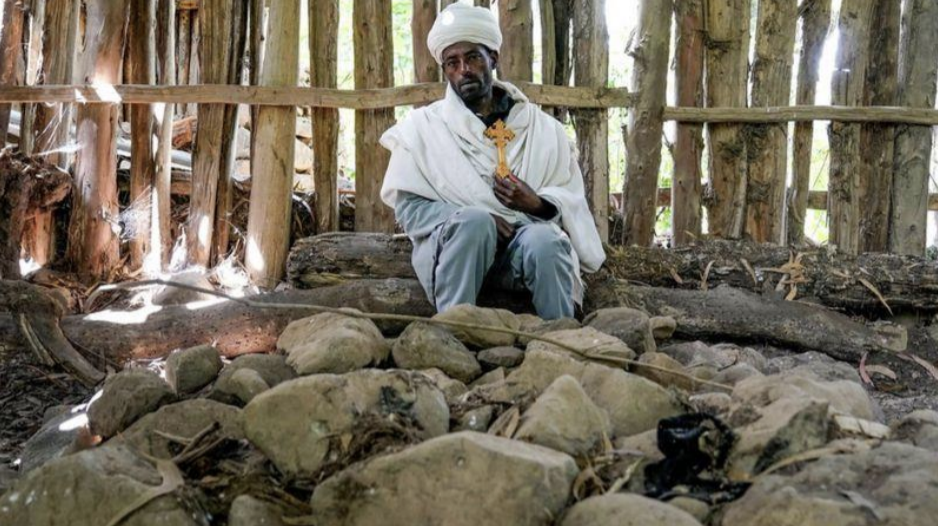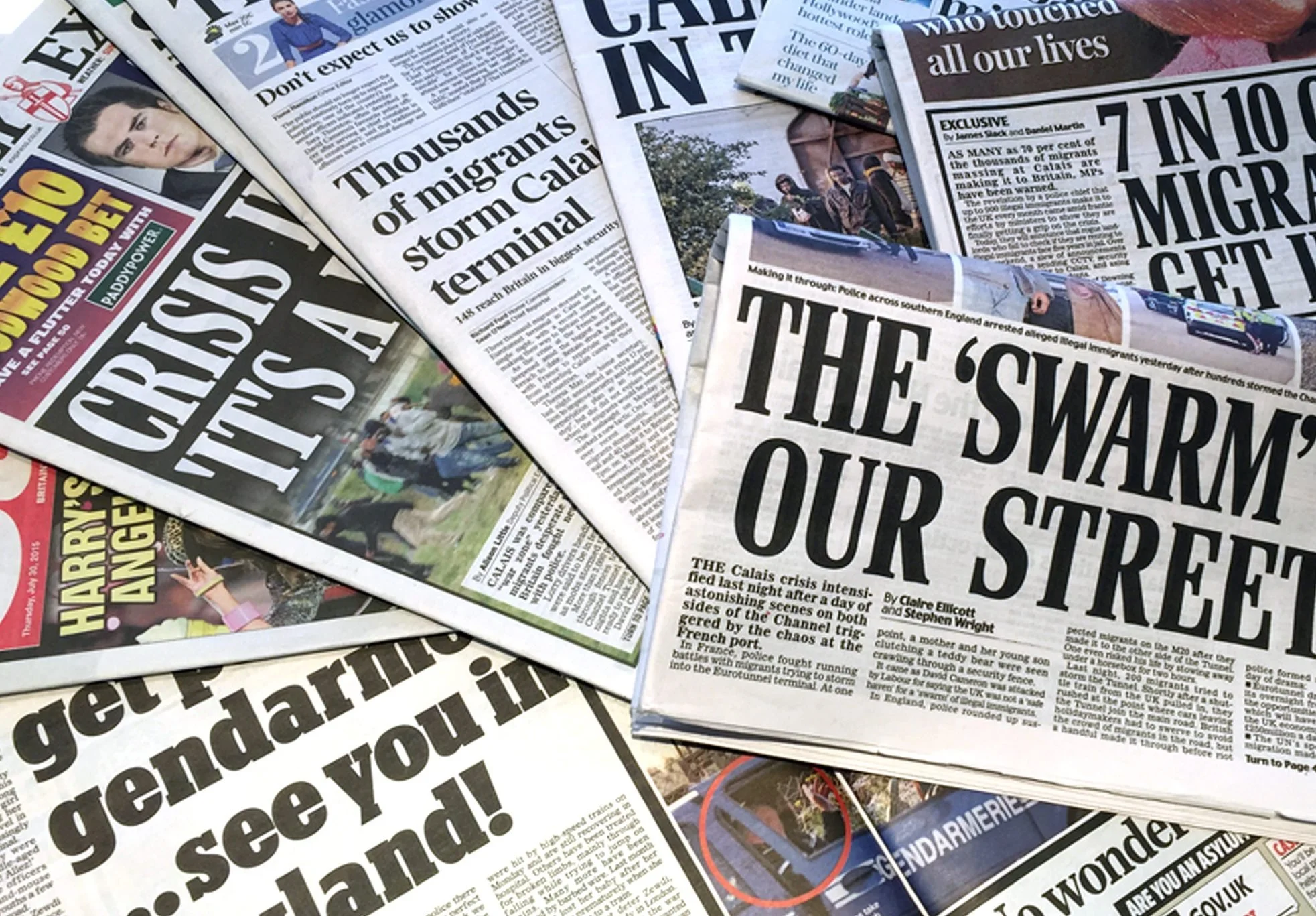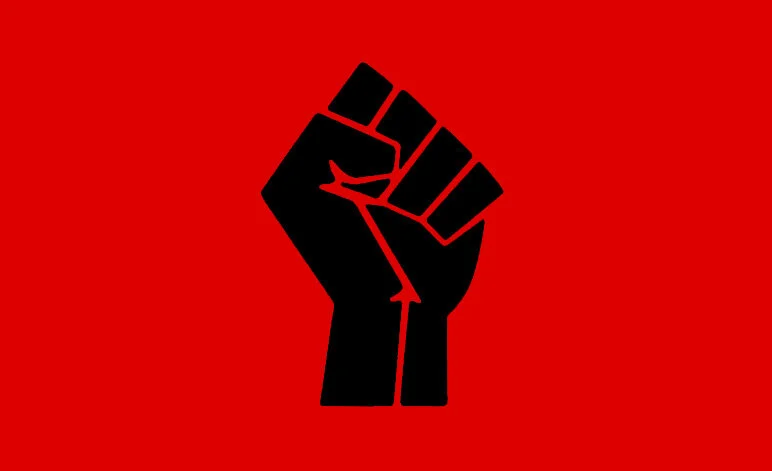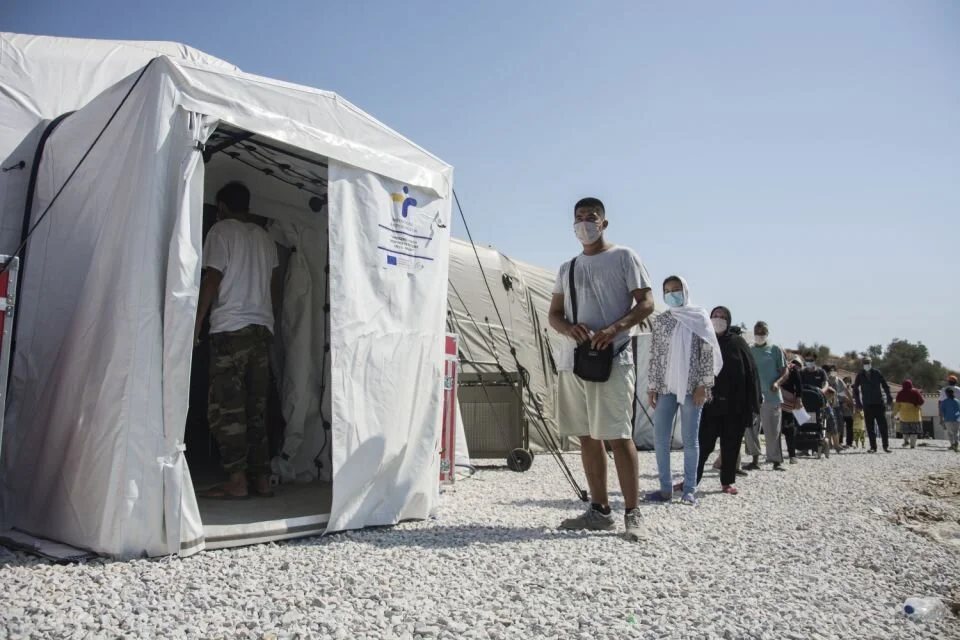Take out your phone, and instead of going on TikTok or playing today’s Wordle, go on your Maps app. Now scroll to the Pacific Ocean, that vast blue mass of water separating the Americas from Asia and Australia, and zoom in until you find an island. Chances are that once you do, that tiny little speck of land in the middle of the largest single body of water on Earth will have people on it. From the lush islands of Palau near the borders of Asia, south to the Polynesian fantasy vacation destinations of Fiji and Bora Bora, and north to the Micronesian atoll systems of the Marshall Islands and Kiribati, the inhabitants of the Pacific Islands are diverse in their cultures and histories but unified by the imminent struggle that they face against climate change…
Ethiopia: The Crisis Unfolding in Tigray
I would like to preface this post with a couple of notions. One, there are some sensitive topics that are mentioned, so discretion is advised. Two, this crisis which has been ongoing for a couple of years is one of the largest recent instances of mass genocide and is, therefore, very necessary to discuss and understand. This post will go into a detailed story of the context leading up to the civil war and the war’s effects on citizens in Tigray, Ethiopia.
Before delving into the current events that have been ongoing in Tigray, it is important to first gain an understanding as to where the conflict originated. Ethiopia has three main ethnic groups: the Oromo, Amhara, and the Tigray. The Tigray People’s Liberation Front (TPLF) ethnic minority made up the Ethiopian People’s Revolutionary Democratic Front (EPRDF), which had authoritarian rule over the country up until 2018. They were led by Prime Minister Hailemariam Desalegn, who led 27 years of repression. This led him to step down in 2018 and Abiy Ahmed was elected by the Amhara and Oromo ethnic groups, who made up most of Ethiopia’s population…
States and the Stateless: How Nationalism Drives Xenophobia and Anti-Immigrant Sentiment
Whenever I lead any educational presentation for GRMR, I like to start off by asking the group what they think of when they hear the words refugee or migrant. I encourage the group to consider the images, news stories, and identifiers they have seen in media and political discussions. Without fail, the discussion always turns to the ways in which the 2016 election and the administration which followed changed the idea of who refugees and migrants are. Asylum seekers became illegal aliens, and migration a threat to the socioeconomic success of the country. This disdain for refugees and migrants does not stem simply from a place of xenophobia or isolationism…
Europe’s Refugee Response: Poor Peripheral Vision
Take an entry level international course and you’ll likely see a PowerPoint slide or two on the “European Migrant Crisis.” It was big, it was bad, but it was 2015. Surely six years later, Europe, home to some of the richest countries in the world, would find a way to integrate the desperate refugees into their economies, or at least raise the standard of living in the “temporary” camps scattered across the eastern Mediterranean. Who could have guessed that Europe, the self-described champion of humanitarian rights, would center its efforts in mitigating the “crisis” of refugees less on increasing the standard of living and opportunities for employment, citizenship or integration and more on spending money to simply keep them out altogether…
Climate Change and Disaster Displacement
What do you imagine when you hear the term “refugees?” Many people immediately think of the displaced people fleeing their home country to escape persecution, war, and conflict. However, an invisible but just as troubling adversary can be why refugees need to flee their homes to find refuge: climate change. Climate change is defined as the change in global or regional climate patterns. In particular, these changes were made apparent from the mid to late 20th century and onwards as a result of the Industrial Revolution and the technological advances that have been made. As a result, this led to increased levels of atmospheric carbon dioxide produced by the use of fossil fuels. The consequences of climate change affect everybody around the world. However, not many people consider one of the most disproportionately affected populations of climate change: refugees, internally displaced people (IDPs), and the stateless…
Working Within the Nonprofit Industrial Complex: A Reflection
With the rise of neoliberalism and decreased government involvement in welfare, nonprofits have filled the gap to provide social services to those in need (INCITE! 2007). The nonprofit industrial complex (NPIC) refers to the eclectic collection of privatized nonprofits that provide social service, usually with financial aid from corporations and the government (Samimi, 2010). The NPIC has grown considerably in strength after the rise of neoliberalism in the 1970s due to the government’s lack of willingness to address social issues…
Neoliberalism and Refugees
Neoliberalism, an ideology defined by the proliferation and deregulation of financial markets, free market trade, cutting state welfare and taxes, and the commodification of health, rose to prominence in the 1980’s with Reagan and Thatcher (1). The problems of inflation and rising oil prices were compounded when industrial production in the global north declined, thus decreasing the demand for raw goods and agricultural commodities from countries across Latin America, Asia, and Africa (Packard, 2016). With the cost of money rising (as banks charged higher interest rates), international organizations such as the International Monetary Fund (IMF) and World Bank stepped in to prevent these countries from defaulting on their loans. As part of their conditions, they enforced austerity measures known as Structural Adjustment Policy (SAPs) on these cash-starved countries.
The goal of SAPs was first and foremost to secure the international financial system, catering to the lender banks of the global north. They also served to transform economies of developing countries to free-market economies (Sayson, 2006). This was achieved through peeling back necessary public institutions; for example, limiting the development of public infrastructure, cutting federal paychecks, halting investment in social programs and hospitals, and more. This crippling of local infrastructure would pave the way for millions to die due to cholera, Ebola, and AIDS crises.
As Keshavjee puts it, “these loans were seen as…
Dear America, Treat Your Immigrants Right
People all over the world are fleeing persecution, escaping dangerous conditions, or looking for opportunities for a brighter future but are daunted by country quotas, legal restrictions, and bureaucracy. What happened to empathy and humanity in our global community? The United States, specifically, has failed its migrants and incoming refugees despite being defined by immigrants and praising itself as a welcoming nation capable of giving everyone ‘the American Dream.’ Due to an outdated and broken immigration system that politicians have no goal to fix long-term, our society isn’t equipped to deal with challenges that immigrants face every day.
To become a citizen in the United States, a person must have…
Food Insecurity in Refugee Camps
Due to political unrest, environmental catastrophes, and economic instabilities, millions of families were forced to flee their homes around the world. Over the years, this refugee crisis has continued to grow larger in magnitude and has caused the displacement of 26 million refugees by the end of 2019, according to the statistics released by the UNHCR. Among half of them are children. One of the most challenging issues that these refugees are facing every day is the inadequate supply of food. Food shortage has become a growing concern and many refugees are worried if they have enough to feed their own families. Many agencies are involved in helping refugees combat food insecurity. Among those agencies, the most impactful is the World Food Programme (WFP).
Founded by the United Nations in 1961, the World Food Programme is the largest humanitarian organization in the world. In 2019, WFP has provided food assistance to 100 million people in more than 80 countries and is expected to feed up to 138 million this year. However, even though this seems like a big number, it is still a long way from feeding everyone. On top of the growing need for food distribution, there is also a…
A Grim History that Repeats Itself: A Reflection on Bioethics and How It Applies to Immigrants and Refugees
As far as I can remember, my educators have always instilled in me the importance of learning history in order to redress the mistakes of the past for a better future. But being constantly bombarded by atrocious news recently made me question whether my instructors were merely being idealistic. As an immigrant myself, one particular controversy hit too close to home: inhuman treatment of immigrants and refugees alike.
In September of last year, the New York Times reported a story of Dr. Mahendra Amin, a physician who unethically performed invasive gynecological procedures on several female immigrants detained at an ICE facility in Georgia without informed consent [1]. According to the article, health providers from various medical institutions who assessed the procedures Dr. Amin had performed on his female immigrant patients in the past believe that many of his…
Climate Change and the Displacement of Populations: Climate Refugees?
The global challenge that is climate change poses detrimental threats to communities everywhere. Research even shows that Earth’s climate is changing at rates greater than forecasted by scientists- signaling a more drastic issue than previously predicted. Having recorded 6 of the warmest years on record since 2014, the rate of sea-level rise doubling in the last two decades, and the highest levels of carbon dioxide concentration being recorded in 2020, it is clear we are already in times in which climate change affects us all. But for some, especially those who live in the most vulnerable of areas, climate change has already begun to alter livelihoods in ways we might have not thought of. The existence of “climate refugees” is a reality that must be recognized; and their existence appears to only multiply in the future.
Extreme weather events are intensified with climate change, which includes events such as droughts, forest fires, hurricanes, cyclones, and flooding- these accounted for about 23 million people being forcibly displaced in 2017. Climate change further contributes to…
Refugees and the COVID Vaccine
Today, over a year since COVID-19 patient zero turned our global reality upside down, many of us are eagerly squinting to see the light at the end of the metaphorical tunnel. Thanks to the spectacular efforts of scientists around the world, we are in the initial stages of a vaccination program. Finally, it feels like the beginning of the end.
But for many refugee populations, this beacon of hope is little more than a cruel reminder of their status as the world’s have-nots. In perhaps one of the most blatant examples of large-scale disregard for refugee health, Colombia announced that it will not provide vaccines to Venezuelan refugees in the country without formal status. This puts just shy of one million people in a perilous position. Experts agree that this policy is both an ethical and epidemiological disaster. Marianne Menjivar, Colombia director for the International Rescue Committee, summarized the issues well when she explained that “We can’t beat Covid anywhere until we beat it everywhere, among all populations, especially those most vulnerable.” Such a massive community of unvaccinated individuals, especially one that already faces exceptional hardship in maintaining total social distancing and getting access to healthcare and adequate sanitation, can only spell trouble for the greater Colombian population. Leaving refugees out of the vaccination rollout picture is simply not an acceptable option. In fact, some have…
Authoritarian Regimes Masked as Socialists: Venezuela and Cuba
As the phrase “SOS Venezuela” enveloped cars, signs, and news outlets during the 2014 protests against the Maduro Regime, Cuban refugees around the world shuddered with empathy as they were witnessing a sight that was far too familiar and painful. The political and economic collapse of Venezuela over the past two decades serves as an eerie allusion to that of Cuba’s during the Castro Regime and ensuing years. In both instances, political and economic reforms which aimed to uplift the lower classes, left the majority of the populations with an inability to afford or even have access to food, clothing, and medical care, among other basic human necessities. As a result…
Why Does Voting Matter in Considering Global Health?
As the election date draws nearer, it’s important to understand the full scope of how important your vote is. Not only does it directly affect our country, but it also creates a domino effect on a global scale as well – this being global health. It’s no hidden fact that politics play an essential role in international aid reliefs. Political power has been used since the beginning of global health and has continued its reign over international aid relief efforts since the Lyndon B. Johnson presidency to the Trump administration…














